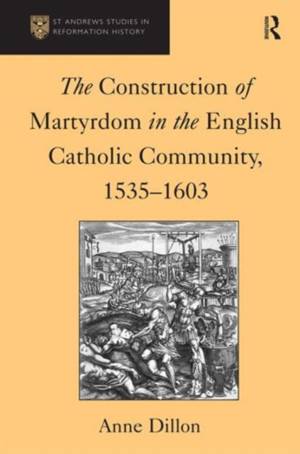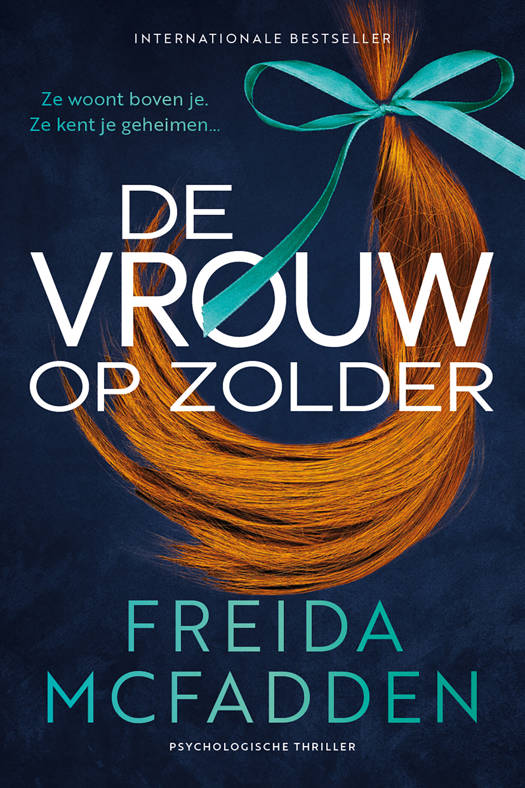
- Afhalen na 1 uur in een winkel met voorraad
- Gratis thuislevering in België vanaf € 30
- Ruim aanbod met 7 miljoen producten
- Afhalen na 1 uur in een winkel met voorraad
- Gratis thuislevering in België vanaf € 30
- Ruim aanbod met 7 miljoen producten
Zoeken
The Construction of Martyrdom in the English Catholic Community, 1535-1603
Anne Dillon
€ 195,95
+ 391 punten
Omschrijving
Between 1535 and 1603, more than 200 English Catholics were executed by the State for treason. Drawing on an extraordinary range of contemporary sources, Anne Dillon examines the ways in which these executions were transformed into acts of martyrdom. Utilizing the reports from the gallows, the Catholic community in England and in exile created a wide range of manuscripts and texts in which they employed the concept of martyrdom for propaganda purposes in continental Europe and for shaping Catholic identity and encouraging recusancy at home. Particularly potent was the derivation of images from these texts which provided visual means of conveying the symbol of the martyr. Through an examination of the work of Richard Verstegan and the martyr murals of the English College in Rome, the book explores the influence of these images on the Counter Reformation Church, the Jesuits, and the political intentions of English Catholics in exile and those of their hosts. The Construction of Martyrdom in the English Catholic Community, 1535-1603 shows how Verstegan used the English martyrs in his Theatrum crudelitatum of 1587 to rally support from Catholics on the Continent for a Spanish invasion of England to overthrow Elizabeth I and her government. The English martyr was, Anne Dillon argues, as much a construction of international, political rhetoric as it was of English religious and political debate; an international Catholic banner around which Catholic European powers were urged to rally.
Specificaties
Betrokkenen
- Auteur(s):
- Uitgeverij:
Inhoud
- Aantal bladzijden:
- 504
- Taal:
- Engels
- Reeks:
Eigenschappen
- Productcode (EAN):
- 9780754603054
- Verschijningsdatum:
- 28/01/2003
- Uitvoering:
- Hardcover
- Formaat:
- Genaaid
- Afmetingen:
- 156 mm x 233 mm
- Gewicht:
- 452 g

Alleen bij Standaard Boekhandel
+ 391 punten op je klantenkaart van Standaard Boekhandel
Beoordelingen
We publiceren alleen reviews die voldoen aan de voorwaarden voor reviews. Bekijk onze voorwaarden voor reviews.











